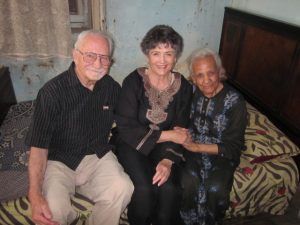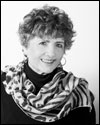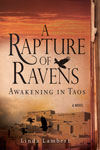« The Muslim Brotherhood & The Cairo Codex 4 | The Muslim Brotherhood & The Cairo Codex 6 »
The Muslim Brotherhood & The Cairo Codex 5
By the time I arrived in Egypt in 1989, the Brotherhood was steadily gaining seats in Parliament as an Independent Party (the Brotherhood label was forbidden under Mubarak also). Each year the numbers increased.
Brotherhood success, as described in my last installment and in The Cairo Codex, can be primarily attributed to two public factors: 1) Organization and discipline and 2) An important focus on social services.
Near the beginning of my service as a US state department envoy in Egypt, I asked the acclaimed sociologist Andrea Rugh, author of Reveal and Conceal and many other books on women in Egypt, how to reach the local communities directly. By directly, I meant without going through governmental agencies or even NGOs.
Andrea introduced my husband and I to Madam Ansaf (see photo with the three of us), an angel of mercy if there ever was one, who tended directly to the poor and offered micro-loans for everything from weddings to bean pots. It was through Madam Ansaf that we became intimately acquainted with the social services of the Brotherhood.
Next, the lead up to the 2011 revolution which was not as it seemed…

Leave a Reply





 Conceptions of leadership have evolved, and Liberating Leadership Capacity captures these new ideas and provides a pathway to create sustainable systems of high leadership capacity. Available April 2016 from
Conceptions of leadership have evolved, and Liberating Leadership Capacity captures these new ideas and provides a pathway to create sustainable systems of high leadership capacity. Available April 2016 from  A sizzling new novel set in Taos, New Mexico. The third in the Justine Trilogy, preceded by the award-winning, The Cairo Codex and The Italian Letters. Buy it at your local independent bookstore,
A sizzling new novel set in Taos, New Mexico. The third in the Justine Trilogy, preceded by the award-winning, The Cairo Codex and The Italian Letters. Buy it at your local independent bookstore, 
